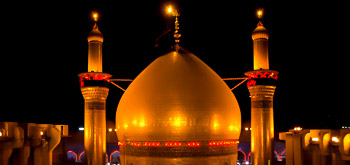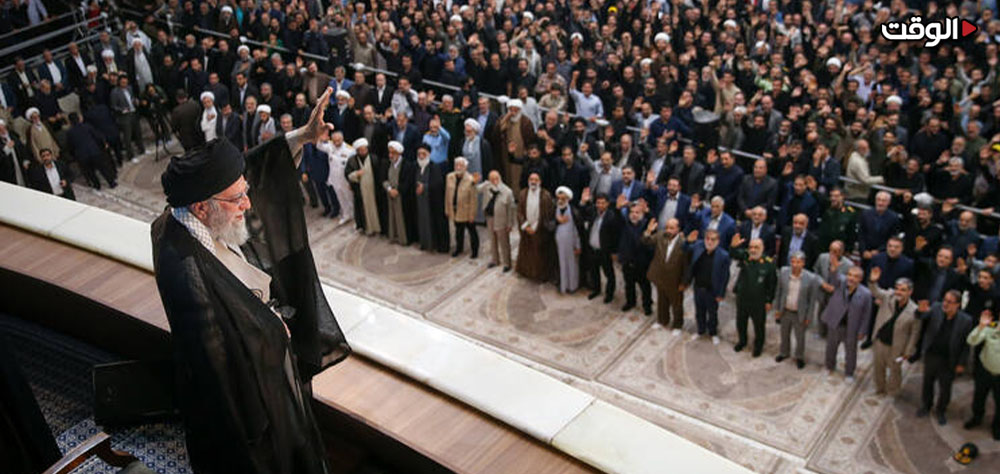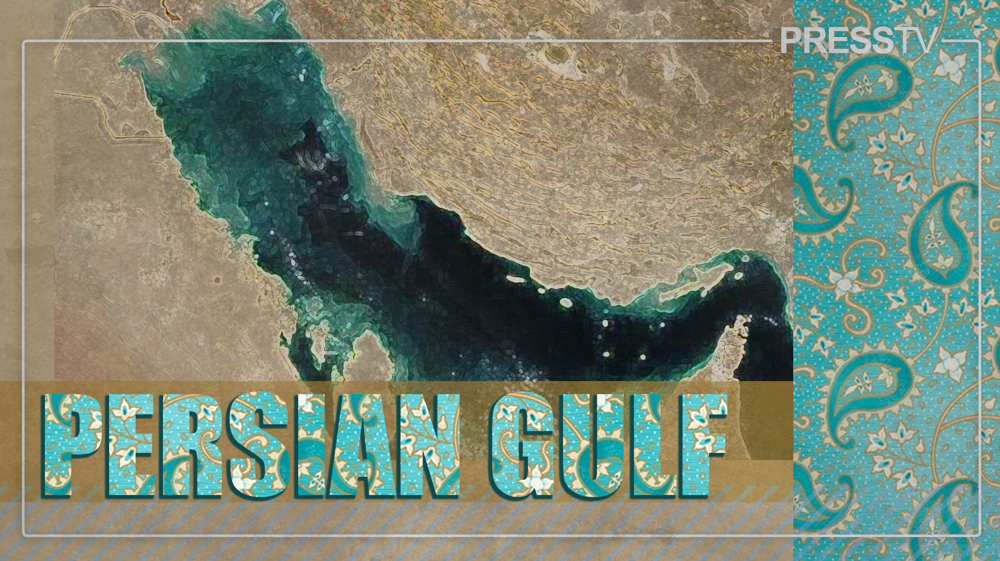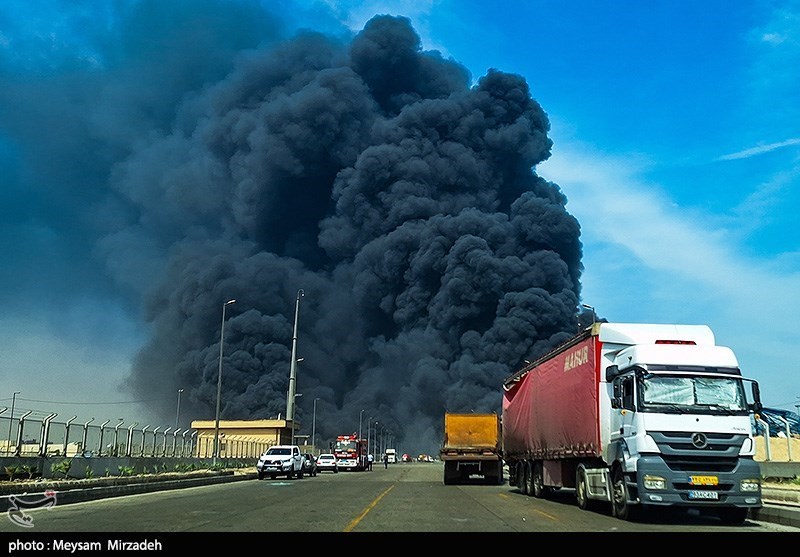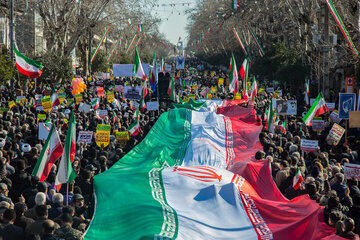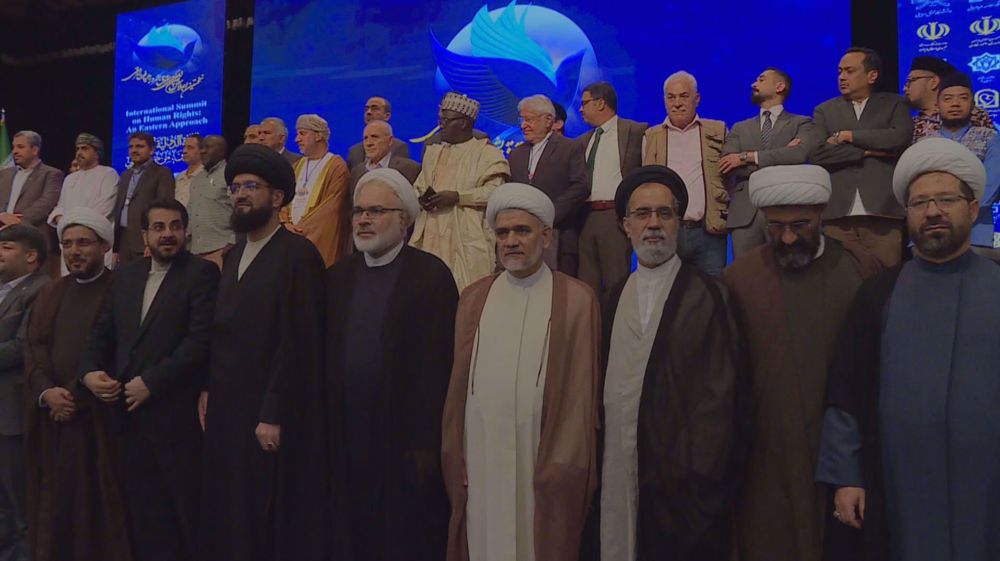Alwaght- Analysts who are following the war on Yemen speculate that the end of this aggression will be by the division of Saudi Arabia. But the paradox falls in the fact that the designers of this division are the same old friends and allies, the US decision-makers, where they are studying the plans on ground, predicting the results, and executing their operations’ scheme, and this was assured few months ago in articles written in American and British magazines.
It was also mentioned that Denis Ross, advisor from the Washington Institute, David Fromkin, American historian, and two other researchers, Kenith Bullak and Daniel Bayman have all spoken openly about the necessity of the division of Saudi Arabia. There are also others who agreed with them in this point such as Bernard Lewis and Noah Fieldman, who are members of the “Zionist-Christian Lobby” which exists in the US, and they are both also from those who make the divisive policies for the Arabian area and the region, which which are called “Anglo-Saxon” map makers.
What we are saying is definitely not emotional but all is justified with proves, and the most clear proof is what has been published in the Guardian magazine a few months ago concerning that all Anglo-Saxon map makers agree that Saudi Arabia should not remain united. The article further explained that the US strategists are determined to democratize the Middle East, and that Obama’s administration is distancing itself from the Saudis, and time is playing its game against the Saudi House. The article added that Saudi Arabia hopes to bring down Syria, thinking that by this it will defeat Iran, and by then Saudi Arabia will turn into a great regional power, but this goal is just a dream. It was also noted that the Saudi approach in the area may cause devastating surprises for the monarchy in the near future, assuring that chaos will hit the kingdom and that will be due to the oppressive policies that the Saudis have been executing on its people since the foundation of the monarchy. Whereas today it seems clear from what has been leaked out from talks and analyses from research centers in the US, that there is really a new American plan drawing new policies to deal with the Saudi issue. And what is more clear is that there are open calls from the inside of the US decision circles for choosing the right time to pounce on Saudi Arabia, which is expected from an US view to be weaker after the war on Yemen. In simple words, the US wants to divide Saudi Arabia into small sectarian and demographic states, where this subject has started to gain clear promotion among the US decision-makers. The Saudis definitely know all these details, and they are sure of its occurrence. How can the Saudis not know it, when they previously had major roles in drawing the scenarios for the region with their American allies, such as for Iraq, Afghanistan, Libya, and Syria, and where they are trying to draw the shape of the new world now. But it seems this time the stubbornness of the Saudis is leading them to more adventures and risk taking under their new king’s rule, and their actions will definitely be met with consequences and repercussions in the coming days, such as the repercussions on the inside of Saudi Arabia due to their aggressive war on Yemen.
Even though Saudi Arabia knows about US plans towards it, but it seems that it is not aware of the real size of the danger facing it from its American ally. This could be concluded by the fact that Saudi Arabia has not changed a bit in the way it is dealing with its surrounding issues and internal conflicts. The actions and adventures of the Saudi regime display that they are not aware of reality of the mess that their US pals have planned for them. The Saudis will eventually fall into deep swamps that will exhaust them and lead to the dissociation of their society’s structure, which in turn will provide a fertile ground for the execution of the Anglo-Saxon divisive plan in Saudi Arabia.
Max Singer, founder of the Hudson Institute, has proposed a plan for the US Ministry of Defense officials, which contained the division of Saudi Arabia through making an Islamic republic in the Eastern part of the country containing the oil fields only, with the retention of the royal government in the rest of Saudi Arabia, being ruled by young princes supported by the US, in a manner that the monarchy will fall whenever the US support is stopped, and it is clear that some chapters of the plan book have been applied in Saudi Arabia. Finally, the last talk of the US President, Barack Obama, to the New York Times, gave a hint to what may happen in that area where he said that the greatest danger on the Persian Gulf countries is not an attack by Iran, but the discontent within their own countries, including the discontent of the angry and unemployed youngsters, who feel there is no political solution for their problems and grievances. This was definitely the first time where a high-post American official addresses the problems and injustice in the Saudi interior, which definitely confirms a hidden struggle occurring behind the curtains between the officials of the American administration and the American decision-makers around the ways of dealing with the Saudi issue. Here the question arises: Will the Saudis wake up from their historical nap, even if their awakening was late, before falling as an easy prey for the US destructive plans in the region?




